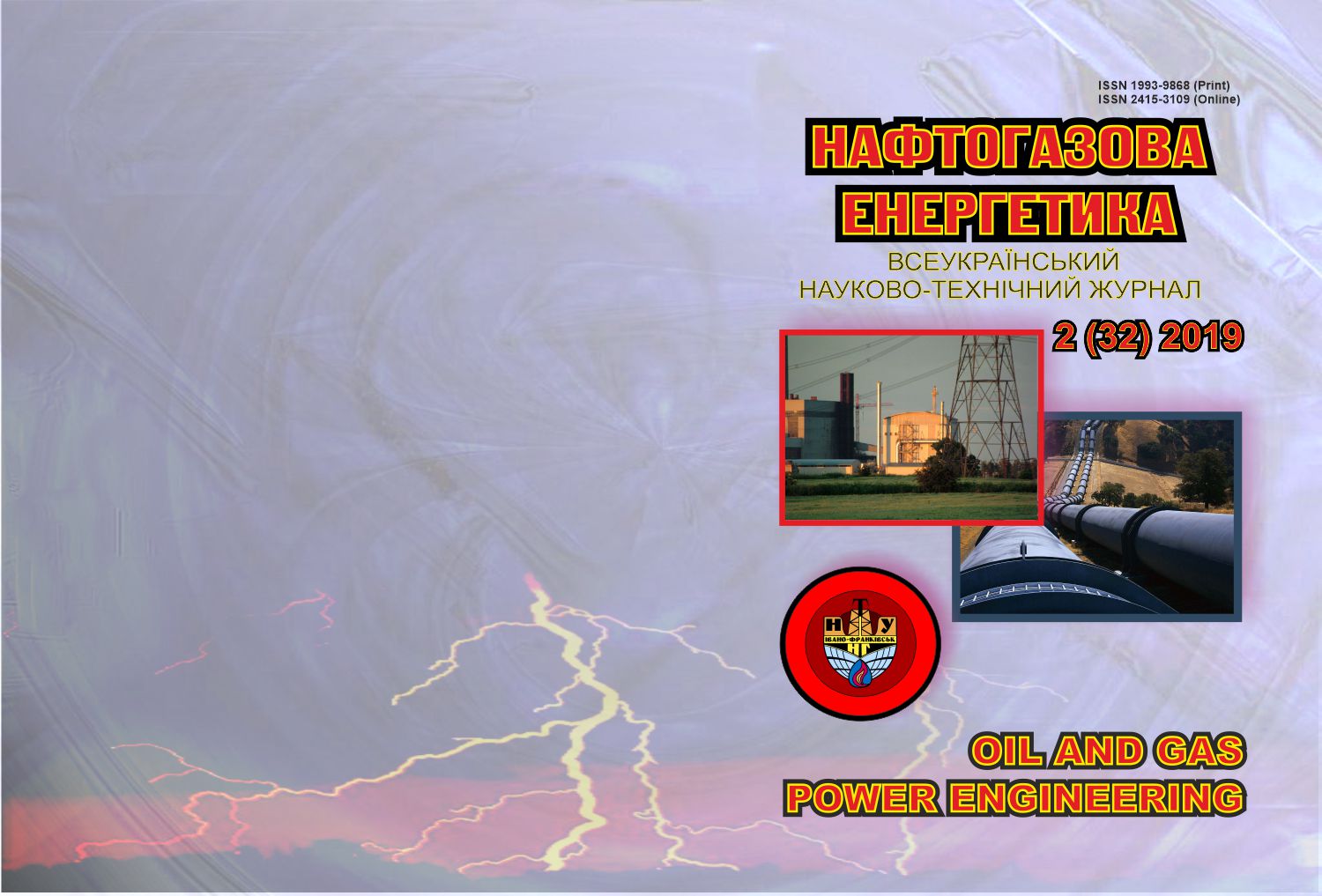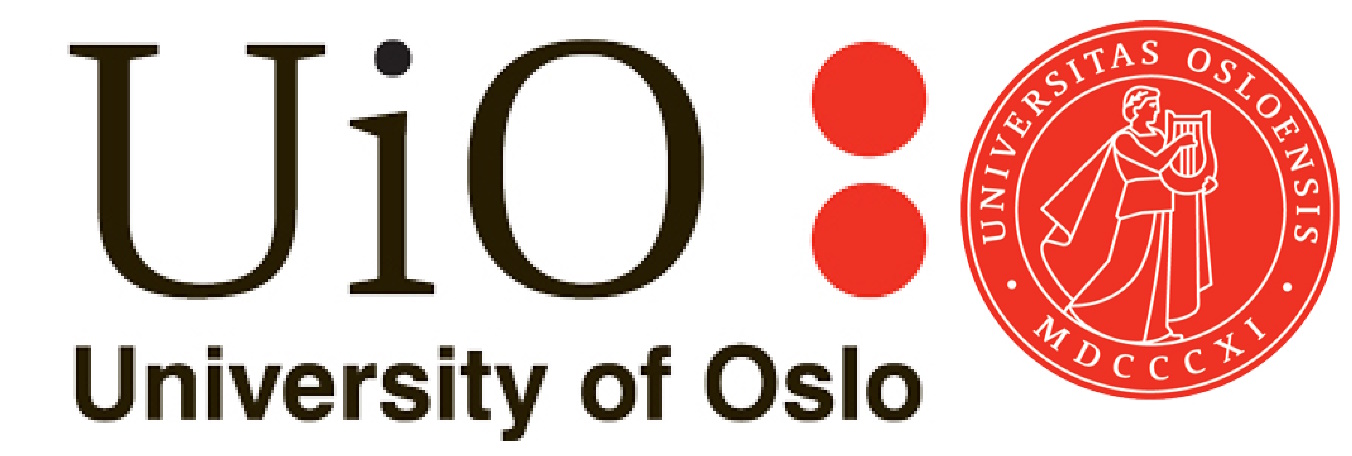Перспективи використання сивушних масел як добавок до товарних палив для двигунів внутрішнього згоряння
DOI:
https://doi.org/10.31471/1993-9868-2019-2(32)-97-106Ключові слова:
альтернативні палива, змішування, двигуни внутрішнього згоряння, екологія, економія, покращення.Анотація
Щоб зменшити залежність паливно-енергетичного комплексу України від імпорту світлих нафтопродуктів необхідно впроваджувати виробництво і реалізацію альтернативних чи відновлювальних видів палив. Крім зменшення впливу від країн-імпортерів використання відновлювальних видів палив дозволить зменшити кількість шкідливих речовин у відпрацьованих газах тим самим покращити екологічну ситуацію в нашій державі. Перспективним альтернативним паливом для використання в двигунах є спирти та відходи від їх виробництва у чистому вигляді, та в сумішах з бензинами та дизельними паливами у певних співвідношеннях. Оскільки використання спиртів та сполук на їх основі на серійних бензинових двигунах без суттєвих змін в конструкції можливе лише при обмеженому додаванні їх до основного палива. Нами здійснено комплексну оцінку можливості використання сивушних масел як добавок до товарних палив. За результатами досліджень нами встановлено, що для бензинів оптимальним, з точки зору техніко-експлуатаційних показників, є додавання сивушних масел до бензину А-92 у кількості 12%. У випадку використання сивушних масел у дизельних паливах оптимальний їх вміст до 10 % об’ємних. За результатами досліджень екологічних та техніко-експлуатаційних показників двигуна ЗИЛ-130 при додаванні сивушних масел до товарного бензину А-92 у кількості від до 12 % об. знижується вмісту СО у відхідних газах ДВЗ на 9,3 %, вміст вуглеводнів на 10,2% та оксидів азоту на 16,9 %. У результаті збільшення вмісту сивушних масел в дизельному паливі до 10 % спостерігається концентрації вуглеводнів до 10% та оксидів азоту на 1,9% у відхідних газах двигуна Д21А1.
Завантаження
Посилання
Kanylo P.M., Bei Y.S., Rovenskyi A.Y. Avtomobyl y okruzhaiushchaia sreda. Kharkiv: Prapor, 2000. 304 p.
Devianyn S. N., Markov V. A., Semenov V. H. Rastytelnye masla y toplyva na ikh osnove dlia dizelnykh dvihatelei. Kharkiv: Novoe slovo, 2007. 452 p.
Bilichenko V.V., Drukovanyi M. M. Vyprobuvannia dyzelnykh dvyhuniv pid chas roboty na biopalnomu. Visnyk Vinnytskoho politekhnichnoho instytutu. 2007. No 4. P. 153-155.
Rozvytok vyrobnytstva ta spozhyvannia biolohichnykh palyv v Ukraini. Zb. materialiv Vseukrainskoi nauk.-prakt. konf. (K., 2007). Ukrainska asots. vyrobnykiv bioenerhetychnoi syrovyny, ustatkuvannia biopalyva ta naukovoho zabezpechennia rozvytku bioenerhetychnoho vyr-va "UKRBIuENERHO". K.: Parlamentske vyd-vo, 2007. 72 p.
Shymanskyi S.I., Symonenko R.V., Merzhyievska L.P., Hovorun A.H. Vykorystannia biohazu yak motornoho palyva. Avtomobilnyi transport. Naukovo-vyrobnychyi zhurnal. 2013. No 6 (236). P. 13-15.
Dykun T.V., Haieva L.I., Kozak F.V., Demianchuk Ya.M. Analiz roboty dvyhuniv vnutrishnoho zghoriannia na biohazi z vidkhodiv smittiezvalyshch. Naftohazova enerhetyka. 2019. No 1 (31). P. 83-91.
Melnyk V.M. Vykorystannia vidkhodiv spyrtovoi promyslovosti u yakosti dobavok do motornykh palyv. Mizhnarodna naukovo-prak-tychna konferentsiia «Ekoheoforum 2017. Aktualni problemy ta innovatsii», 22-25 bereznia 2017. Ivano-Frankivsk, 2017. P. 164.
Homonai V.I., Bohosta A.S., Lobko V.Iu., Tatskar A.R. Etylovyi spyrt yak ekolohichne palyvo dlia dvyhuniv vnutrishnoho zghorannia. Naukovyi visnyk Uzhhorod. un-tu. 2011. No 1(25). P. 82-87.
Dobrovolskyi O.S., Kareiev S.V., Stupak N.S., Ovchynnikov D.V., Rychok S.O. Vplyv Vmistu spyrtu na palyvnu ekonomichnist suchasnoho dvyhuna. Vcheni zapysky TNU imeni V.I. Vernadskoho. Seriia: tekhnichni nauky. 2018. Vol. 29 (68). P. 299-306.
Melnyk V.M., Kozak F.V., Haieva L.I. Utylizatsiia syvushnykh masel u dvyhunakh vnutrishnoho zghoriannia. Rozvidka ta rozrobka naftovykh i hazovykh rodovyshch. 2009. No 3(32). P. 93-97.


.png)






1.png)








